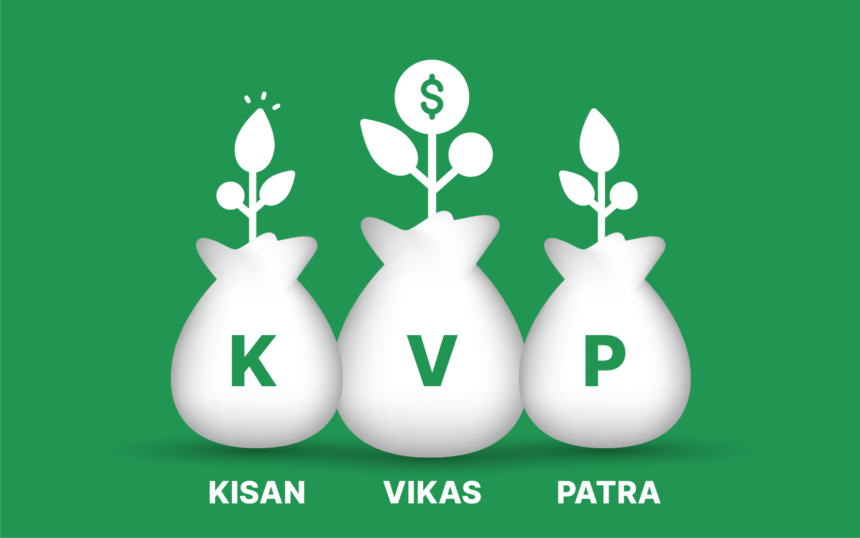In recent years, the Indian government has been increasingly focused on launching initiatives that can bolster rural economic development. One such critical initiative is the Kisan Vikas Patra Scheme. This scheme has been instrumental in promoting financial inclusivity and encouraging savings among rural populations. By examining how the Kisan Vikas Patra Scheme operates and its impact on rural economic development, one can better appreciate its significance.
Kisan Vikas Patra Scheme
The Kisan Vikas Patra Scheme (KVP) was introduced as a savings instrument to encourage individuals, particularly from rural areas, to save money in a secure and government-backed setup. One of the primary appeals of this scheme is its simplicity and accessibility. Rural residents, who often have limited access to sophisticated banking facilities, can easily invest in KVP through local post offices or authorized bank branches.
Benefits Of Kisan Vikas Patra Scheme
Among the many benefits offered by the Kisan Vikas Patra Scheme, the attractive KVP interest rate stands out. As of the current period, the interest rate is 7.5% per annum, which is compounded annually. This competitive interest rate ensures that the savings grow substantially over time. Furthermore, the maturity period for the scheme is fixed at 115 months (or 9 years and 7 months), which makes it a long-term commitment encouraging disciplined savings habits.
One cannot overlook the significant role that the KVP interest rate plays in rural economic development. Higher interest rates make small savings more appealing, thereby infusing the surplus funds back into the rural economy. This influx of funds can be channeled towards various developmental activities such as infrastructure improvements, agricultural advancements, and the establishment of micro-enterprises. When people save and earn a reliable interest return on their funds, it can generate a cycle of economic upliftment.
The Kisan Vikas Patra Scheme also ensures the financial security of rural households. Since the investment in KVP is backed by the Government of India, it carries a sovereign guarantee which eliminates any risk of default. This assurance can encourage the less financially literate rural population to participate in the formal financial system confidently.
Another interesting aspect of the Kisan Vikas Patra Scheme is its role in inculcating a savings culture in rural communities. In regions where financial literacy rates are low, the scheme serves as a tool for educating individuals about the benefits of systematic savings. With time, more people become aware of the advantages of putting aside money for the future, leading to greater financial stability in their lives.
Moreover, the scheme’s flexibility in the denomination of the investment makes it accessible to a broader demographic. With a minimum investment of INR 1,000 and no upper limit on the amount, it caters to various income groups, further enhancing its inclusivity.
Conclusion
In conclusion, the Kisan Vikas Patra Scheme plays a pivotal role in rural economic development by providing a safe, reliable, and attractive savings option. The competitive KVP interest rate, coupled with government backing, makes it an attractive investment avenue for rural populations. By fostering a culture of savings and financial security, the scheme contributes to a more stable and prosperous rural economy. As the Indian government continues to introduce and support such schemes, the path towards comprehensive rural development becomes clearer and more achievable.








